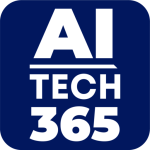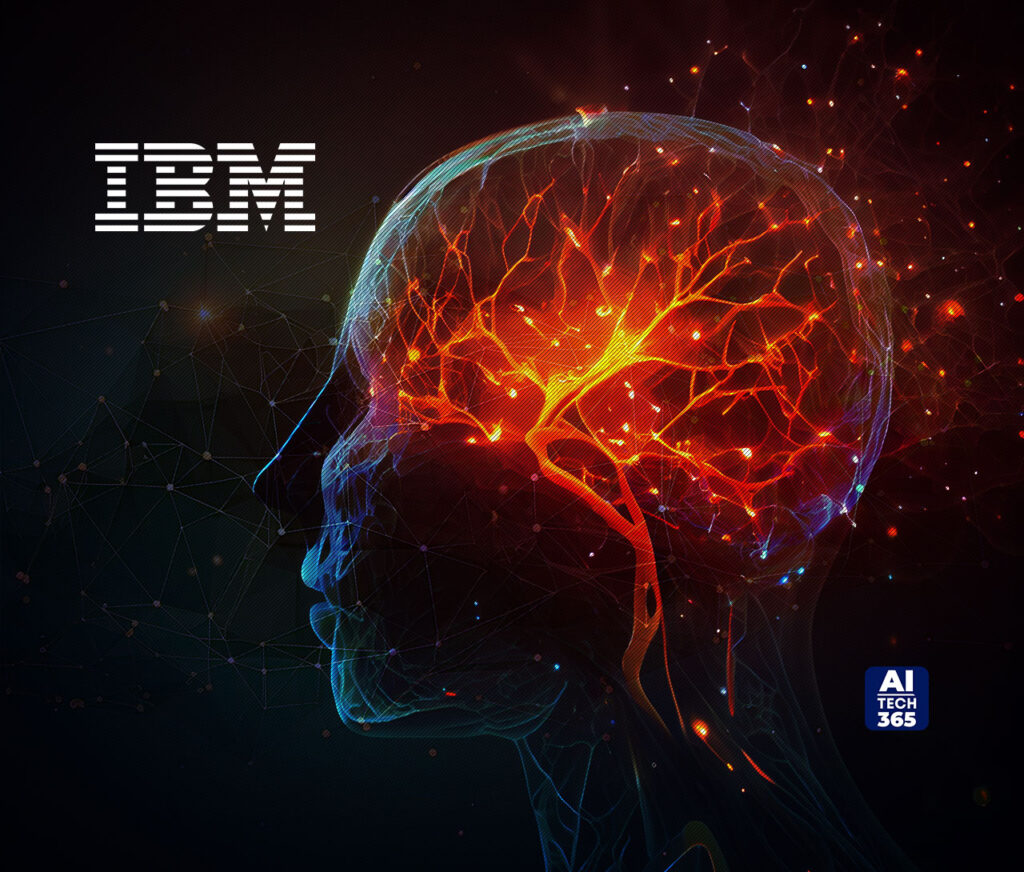The recent rise of generative artificial intelligence (AI) including large language models (LLMs) has inspired organizations in every industry to consider how AI can drive innovation. Leaders are increasingly recognizing the power of AI as well as its potential limitations and risks. It’s critical that leaders think carefully about how AI is created and applied and take a human-centric, principled approach to each use case.
The U.S. Chamber of Commerce Foundation is considering the opportunities and potential risks of solutions harnessing AI, particularly related to skills-based hiring. The organization, through the T3 Innovation Network, sought to explore a test case for job seekers, examining if AI models could help learners and workers identify and recognize their skills, and convey them in the form of digital credentials. If proven possible, then future use cases of AI models could be explored, like matching users to potential employment and education opportunities based on their skill profiles. They discovered that AI models could in fact take someone’s past experiences—in different data formats—and convert them into digital credentials that could then be validated by the job seeker and shared with potential employers.
The U.S. Chamber Foundation asked IBM’s Open Innovation Community to run a collaborative initiative to help further assess the potential risks of using AI models like this, leveraging the deep AI expertise of IBM Consulting.
The users of this solution would represent a wide variety of communities. This made it critical to bring together global, diverse and multi-disciplinary people with a wide spectrum of lived world experiences to drive the exercises and explore the potential for inadvertent impact.
Building off of the use cases developed by the U.S. Chamber Foundation and their lead partner, Education Design Lab, the team identified four personas: a caregiver, a ride-share driver, a soldier and an incarcerated person.
The four personas became the focus of design thinking sessions customized by IBM Design to align teams on what unintended outcomes could occur when users interacted with an AI model like this, such as bias, data privacy concerns or accessibility issues related to language or computer literacy. The U.S. Chamber Foundation established four principles for earning trust, including safety, accountability, fairness and efficacy, and the team used those principles to help determine the rights of these individuals.
As a result of these sessions, the eight teams worked with the U.S. Chamber Foundation to demonstrate they had thoughtfully considered how to help mitigate potential risks associated with using AI. The teams presented their results on July 18 at the Experience You Demonstration Event. The outputs of this work set an excellent foundation to aid in reducing and helping to mitigate potential unintended outcomes as AI solutions get deployed at scale.
The U.S. Chamber Foundation and Education Design Lab are committed to continuing the momentum of this experience and are currently working to explore future phases of the project.
Developing and deploying trustworthy in AI is not a technical problem with a technical solution. It is a socio-technical challenge that, to solve, requires a holistic approach encompassing people, processes and tools. Trustworthy AI starts with people and culture, not technology. It’s important to use human-centered frameworks rooted in design thinking practices to keep the focus on user needs.
Interested in continuing the conversation? Join Phaedra on October 4 at the U.S. Chamber Foundation’s Talent Forward event where she’ll discuss the potential risks, trends, and benefits of AI for learners, workers, communities, and employers. You can also learn more about how IBM’s multidisciplinary, multidimensional approach is helping advance responsible AI, and about IBM Consulting’s AI capabilities.
SOURCE: IBM

